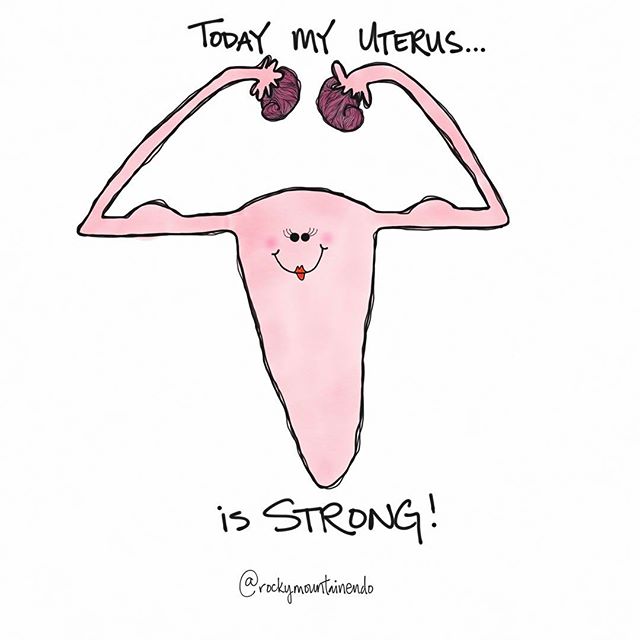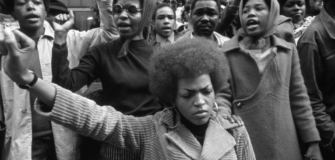Tia Mowry Forces Us To Take A Closer Look At “Menstrual Cramps”
Share
To all the 90s kids out there, you probably remember Tia Mowry from Sister, Sister. But did you also know that she’s 1 of the 5 million women in the U.S. who struggles with endometriosis? Just most recently, Mowry opened up about her long and difficult journey of suffering from the condition on Women’s Health and Oprah Magazine.
Throughout her 20s, Mowry struggled with unbearable pelvic pain. When she brought it up to her doctors, they would often brush her off by saying “those are just really bad cramps,” “just put heat on it,” and even “working out helps.” After finally being diagnosed with endometriosis, she endured even more terrible news: the diagnosis meant it’d be incredibly difficult for her to have children. Feeling depressed, alone, and confused, she didn’t follow the doctor’s advice to avoid inflammatory foods and ended up needing multiple surgeries to relieve her pain. Eventually, with a strong support system of fam and friends, a changed diet, and a powerful will, a miracle happened. She got pregnant…twice!
Looking back, she realized even though she had a tremendous amount of support, she still felt like something was wrong. She thought she was alone because there are rarely any Black women who talk about endometriosis and their struggles with infertility in public. Her experience inspired Mowry to step up and raise awareness in our community.
“As Black women, we’re particularly at risk for endometriosis, yet so many of us don’t even know what this condition is. If more of us talked about it, more women might say: ‘Hey, I’ve had those symptoms, let me go get checked.’”
So, let’s start the conversation with what exactly is endometriosis?
According to BlackDoctor.org, endometriosis occurs when the tissue that usually grows inside of the uterus (called endometrium) grows outside of the uterus in the pelvis area. As the endometrium attaches to pelvic organs, inflammation and scarring occur. The condition is a common reproductive health problem among women (estimated 1 in 10 women during our reproductive years). Unfortunately, Black women are often excluded and neglected in this conversation due to the lack of research to evaluate the prevalence of endometriosis in our community.
And what are the symptoms?
“I once found myself crying in the back of my car, and my sister Tamera had to drive me home because I was in too much pain to drive.”
As Mowry experienced, the primary symptom of endometriosis is pelvic pain. It’s often misdiagnosed as menstrual cramping, but women with endometriosis often describe menstrual pain that’s more intense than normal. Other common signs and symptoms may include: painful intercourse, pain with bowel movements/urination, excessive bleeding, fatigue, and more. Don’t hesitate to see your doctor if you have any of these signs and symptoms!
…Can endometriosis be cured?
There’s currently no cure for endometriosis, but don’t worry! There are many treatments for the painful symptoms and infertility that it can cause. From lifestyle changes to birth control pills to surgeries, go visit your doctor to talk about what treatment is best for you. There’s a gap when it comes to talking openly about wellness, healthy lifestyle, and medicine for Black women, by Black women. It’s totally understandable if you feel lonely, sad, confused, angry…and all kinds of overwhelming emotions after the diagnosis. We understand how difficult it may be – that’s why it’s so important that we get all the support we need. Talk to your girlfriends, families, and even consider joining a support group to share with other women who have endometriosis! Remember, you’re not alone. Upspoken is rooting for your mental and physical recovery! 💜

For more information about Black women and infertility, read these amazing women’s health articles on The Oprah’s Magazine.




Follow Us